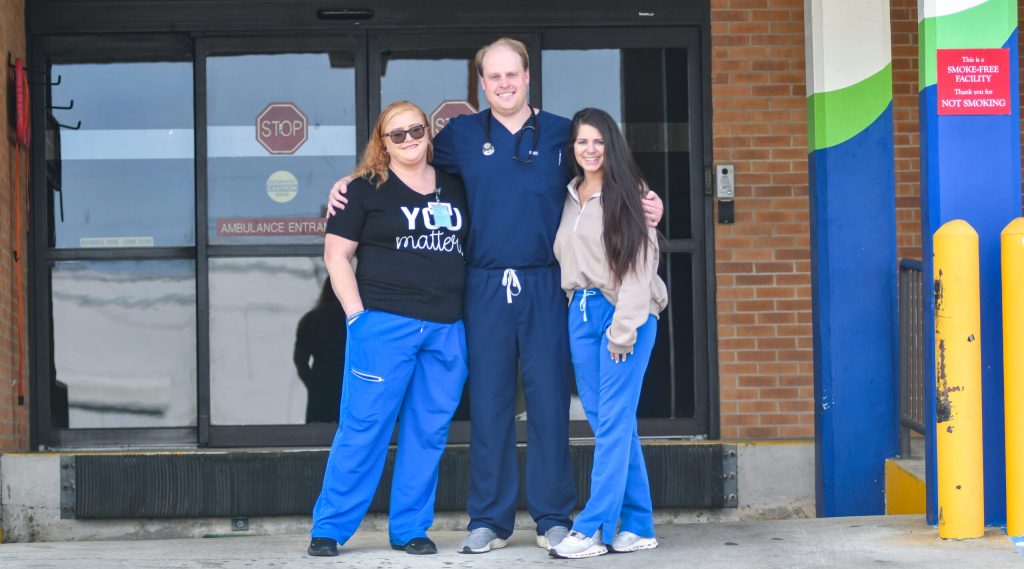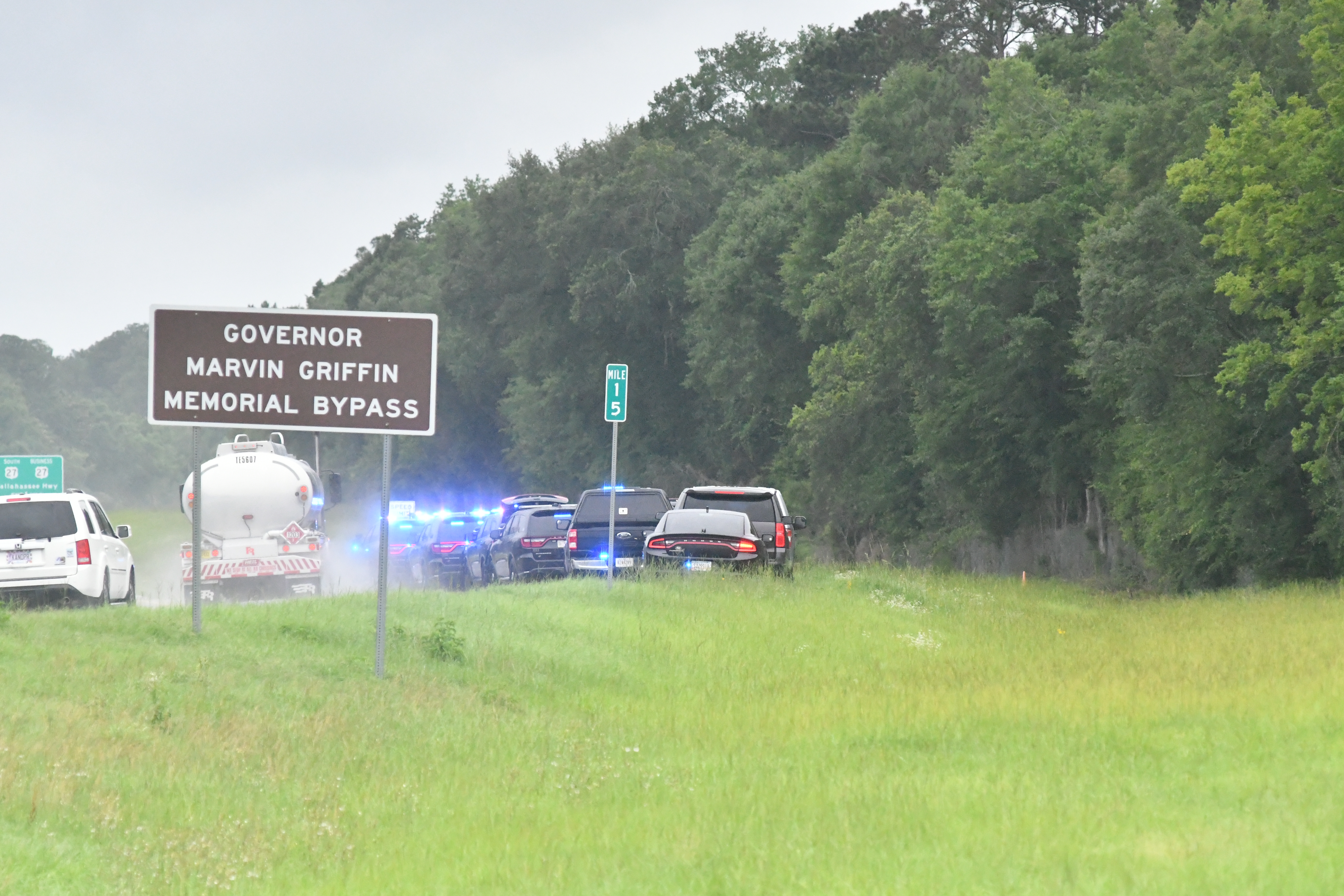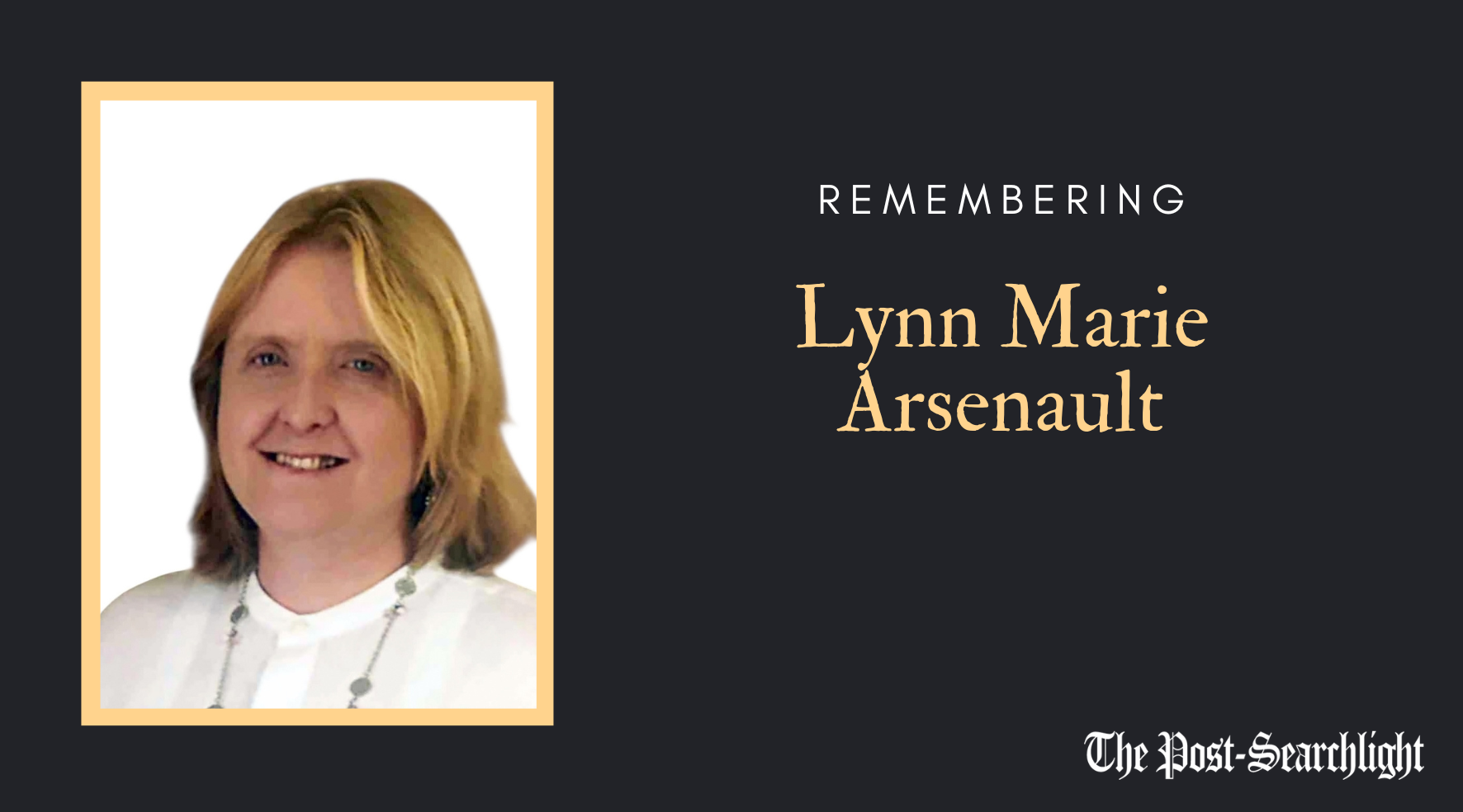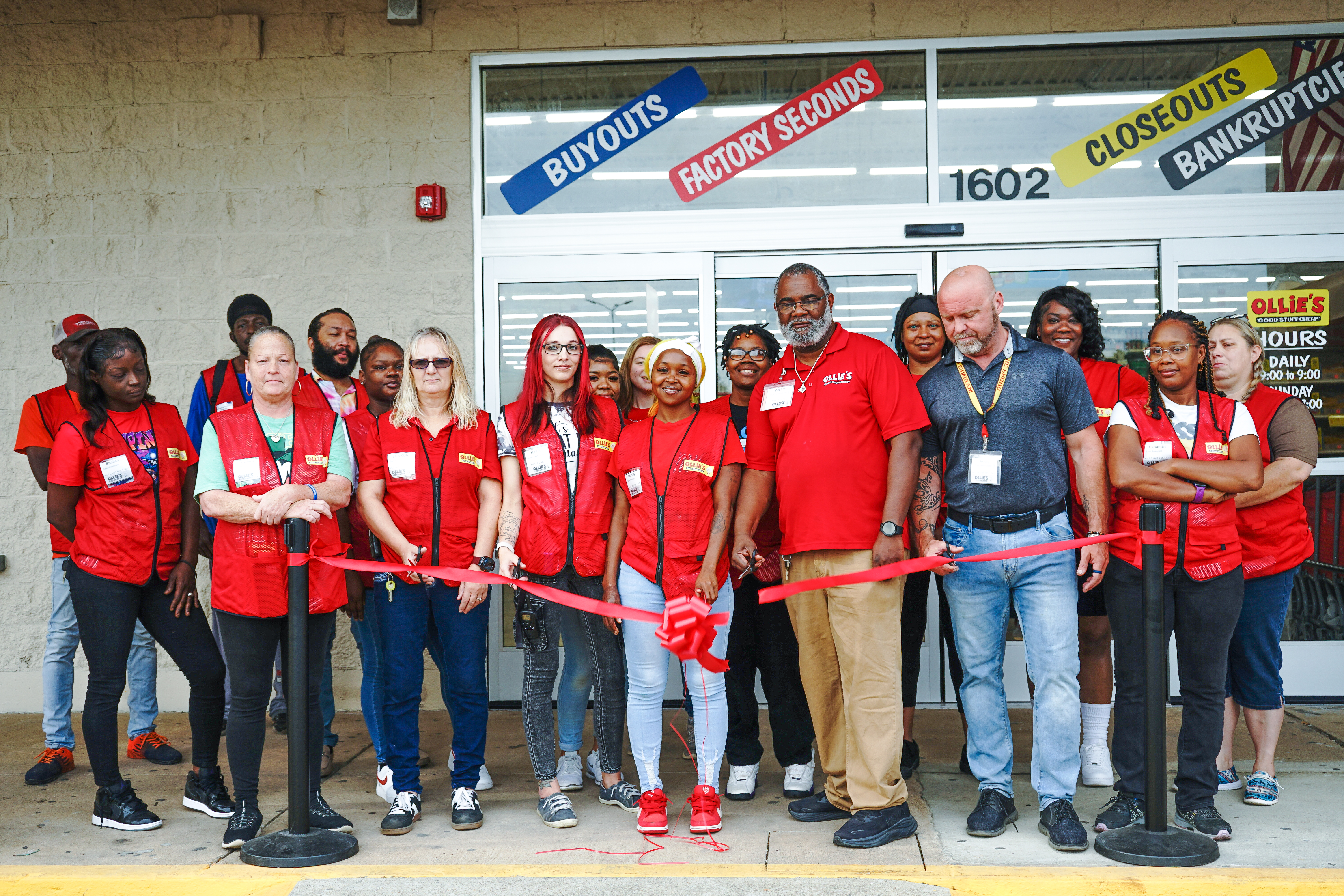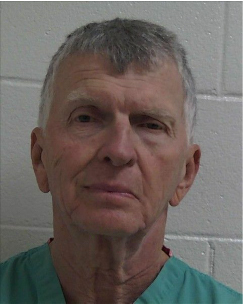In the nick of time: Carrie Wilson, Kristen Drexler and Evan Smallwood save patients life with hours left to live
Published 5:00 pm Thursday, March 28, 2024
|
Getting your Trinity Audio player ready...
|
Patient names and certain medical details have not been included in this story in compliance with Memorial Hospital and Memorial’s HIPPA information release guidelines
On a January morning, a patient walked into the Emergency Room at Memorial Hospital and Manor with an emerging, radiating pain in her chest. The patient wasn’t completely aware of the severity of the situation, but nurse Carrie Wilson, paramedic Kristen Drexler and Dr. Evan Smallwood soon discovered that she had just hours to receive life-saving surgery.
“I was worried about what I was going to face,” The patient said. “But they reacted fast… [Dr. Smallwood] saved a lot of time.”
The ER trio banded together, acted fast and fought through multiple setbacks to get the patient the care she needed. After two hours of phone calls, a fight against the weather and a 200-mile ambulance ride, the patient was saved in the nick of time.
“With that diagnosis,” Dr. Smallwood said. “Time is the most critical factor in what determines the outcome of if they live.”
The patient checked in to the Emergency Room in mid-morning with pain in her upper chest. She said she has a family history with a certain diagnosis that displays those symptoms, and her sister explained that to Wilson and Drexler when they got into the unit.
“My family has a genetic thing with [the diagnosis],” The patient said. “So I kind of knew what it was.”
Wilson used the information they gave her to look for the supposed diagnosis. She did two specific checks of the patient’s vitals and saw a discrepancy between the two. That discrepancy is a sign of the diagnosis. If the diagnosis was confirmed, it would mean she had just hours to receive surgery before the condition would become fatal.
“Internally, you worry, but-” Wilson started, “you just do the best you can with what you’ve got.” Drexler finished
Wilson immediately paged Dr. Smallwood to come to the room to address the potentially urgent situation. Smallwood rushed to their room to assess the situation.
“A lot of it was Carrie just realizing the severity of it,” Dr. Smallwood said.
The patient, her sister, and the nurses caught him up, and he pushed her through to a CT scan to get an image of the potential diagnosis and confirm it.
For the scan, the patient was administered a Contrast. Contrast is a dye that helps highlight the areas of your body being examined, according to the Mayo Clinic. The dye can be harmful and typically requires patients to undergo bloodwork and lab analysis to ensure the safety of the procedure.
“The Contrast can be really hard on the kidneys,” Smallwood said. “But if it’s life-threatening, or an emergency, you don’t worry about the kidneys. We’ve just got to figure out if this is what’s going on.”
Dr. Smallwood bypassed these steps. He knew if the diagnosis was what they thought it was, there wouldn’t be enough time to wait for those results.
“A lot of people would have been like, ‘Well, I’m the doctor I’ll find out what’s wrong with you,’ and they don’t want to listen to you,” the patient said. “But Dr. Smallwood did. He really did. He listened. He immediately ordered a scan instead of getting over there and saying, ‘Well, let’s see your blood work, let’s see-’ no bloodwork, no nothing… He went straight to what I told him was probably the problem.”
A radiologist conducted the scan and the results came back positive. The patient had the life-threatening diagnosis, and a depleting amount of time to get it fixed.
“My sister was down there,” The patient said. “When the X-Ray tech was looking at [the scan], she saw on his face, immediately, that it was bad.”
This all happened in the span of about 30 minutes, according to Smallwood. Once the team got the confirmation, their next challenge was to find the patient care. Memorial Hospital and Manor were not able to perform the procedure she needed, so they frantically started contacting hospitals in the area to get the patient in for her life-saving surgery.
Drexler made the calls, and started reaching out to medical centers across North Florida and South Georgia. She called “anywhere that accepted the diagnosis,” but was unsuccessful with places close by.
“Everywhere that was local declined,” Drexler said. “I said, ‘OK, let me go down the list.’”
Drexler proceeded to make calls to hospitals all over Georgia. She tried Macon, Agusta, Atlanta, etc., until she got the patient accepted at Emory Hospital in Atlanta.
After finding a hospital to accept the patient, Drexler had to find transportation for her. She got back on the phone and called multiple transportation services. She eventually succeeded in contacting a Life Flight pilot and ordered an air transport to Emory for the patient. Life Flight is an air ambulance service that provides through-the-air hospital transportation.
“All these different factors were going against us,” said Amy Anderson, Memorial Hospital’s ER Manager. “All these places were saying, ‘No no no no no.’ We finally get somebody to say yes, and we’re like, ‘Ok, we got to get transport,’ and they’re like, ‘no no no no no.’”
It took two hours of urgent calling from when Drexler started reaching out to local hospitals, but she finally got a hospital and transportation figured out.
There was only one problem: weather in Atlanta wasn’t safe for a flight to land, and the Life Flight pilot was unable to take off after arriving in Bainbridge.
“[Life Flight] got here,” Anderson said. “But they couldn’t leave.”
The ER crew’s only option left was to send the patient to Emory in an ambulance. They coordinated with EMS to get a ride to Atlanta, and the Life Flight crew agreed to ride in the vehicle with the patient to monitor her situation on the ride.
So, they loaded the patient into the ambulance for the fastest ride possible from Bainbridge to Atlanta.
“They got me up there in two and a half hours,” the patient said. “They were flying… Sirens all the way.”
The patient said everyone’s urgency came from a worry that she wasn’t going to make it.
“They had blood sitting there next to them in a box,” the patient said about the ambulance ride. “One of ‘em said, ‘You know, that’s only one unit of blood. That ain’t gonna do nothing for us if it ruptures.’ So that’s why they wanted to get me up there so fast. And that’s why Dr. Smallwood wanted to get me up there real fast. They figured anytime it would rupture, and it would have been the end if it did.”
After a tense, uncomfortable ambulance ride, according to the patient, she checked into Emory Hospital and was processed and on the operating table as soon as she could be. The team at Emory was able to conduct the surgery right before she would have experienced a fatal rupture.
The patient said she was impressed with her experience at the Atlanta hospital and is glad Drexler found Emory for her procedure.
“I ended up in the best spot, I truly believe that,” the patient said. “I don’t know if I would have made it anywhere else.”
The patient is in recovery now and is back to living a semi-regular life. She’s not supposed to overexert herself, and gets winded easily, but she can do almost all the basic things to go about her days.
Looking back on the day, the patient said the most meaningful part was Wilson, Drexler, and Smallwood’s accommodating her. They allowed family and friends to visit her in the midst of the tense situation. She said she got to see everyone she would have wanted to if things had gone differently that day.
“I’m not saying that even if I died, it would have made any difference,” the patient said. “But it would to me, to be able to have seen somebody and hug them and stuff before you left out.”


